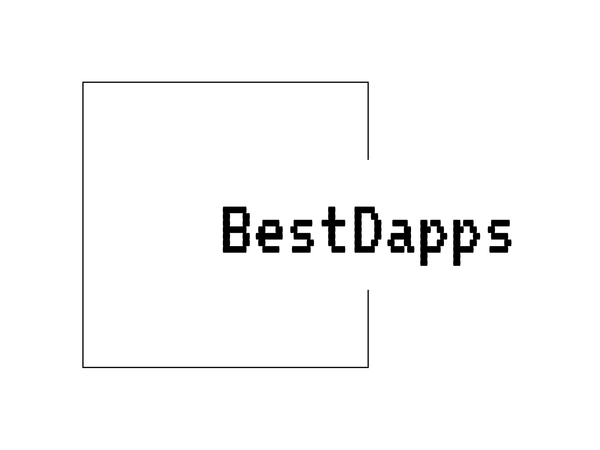
Decoding Governance in the WINk Blockchain
Share
Understanding Governance in the WINk Ecosystem
The concept of governance in cryptocurrency projects is crucial for ensuring decentralization and community participation, and the WINk network is no exception. WINk, commonly represented by its token WIN, is a blockchain-based platform that aims to enable users to play, socialize, and stake across multiple blockchain ecosystems. However, one of the core aspects that keeps the ecosystem robust and community-driven is its governance.
The Role of Governance in WINk
Governance in the WINk ecosystem is designed to empower stakeholders with decision-making capabilities that influence the platform's future. This governance model allows stakeholders to vote on proposals, ranging from technical upgrades to strategic initiatives that may affect the network's operations. By leveraging a decentralized governance framework, WINk ensures that decision-making is not centralized but is distributed among a collective of token holders.
Mechanisms of Governance
The core mechanism of governance within WINk involves token holders using their WIN tokens to participate in network governance. This structure provides a voice to users, making the ecosystem more participatory and dynamic. Through on-chain voting, WIN token holders can propose changes or modifications to the system, ensuring that the platform evolves in a direction consistent with community interests.
Comparisons with Other Governance Models
In comparison to other governance structures in the crypto world, the WINk governance model shares similarities and differences with projects like ZB Chain and TIAEX, which also emphasize decentralized governance as a core attribute. For instance, much like ZB Chain's decentralized approach, WINk allows its community members to influence the governance process significantly.
Challenges and Considerations
Despite the obvious benefits of decentralized governance, there are challenges that need to be addressed. One such challenge is ensuring active participation from a wide variety of stakeholders to avoid the so-called "whale dominance," where a handful of large holders could potentially sway decisions. Additionally, fostering timely and informed decision-making among a large group can be complex.
Conclusion
The governance model of WINk represents a dynamic and reflective approach to blockchain management. By embedding a decentralized and democratic governance structure, WINk enhances its resilience and adaptability in the ever-evolving blockchain space. To explore more about decentralized governance, consider examining other models such as TIAEX's Model.
Additionally, for those interested in exploring such platforms, you might consider signing up on major exchanges like Binance for diversified crypto opportunities.
